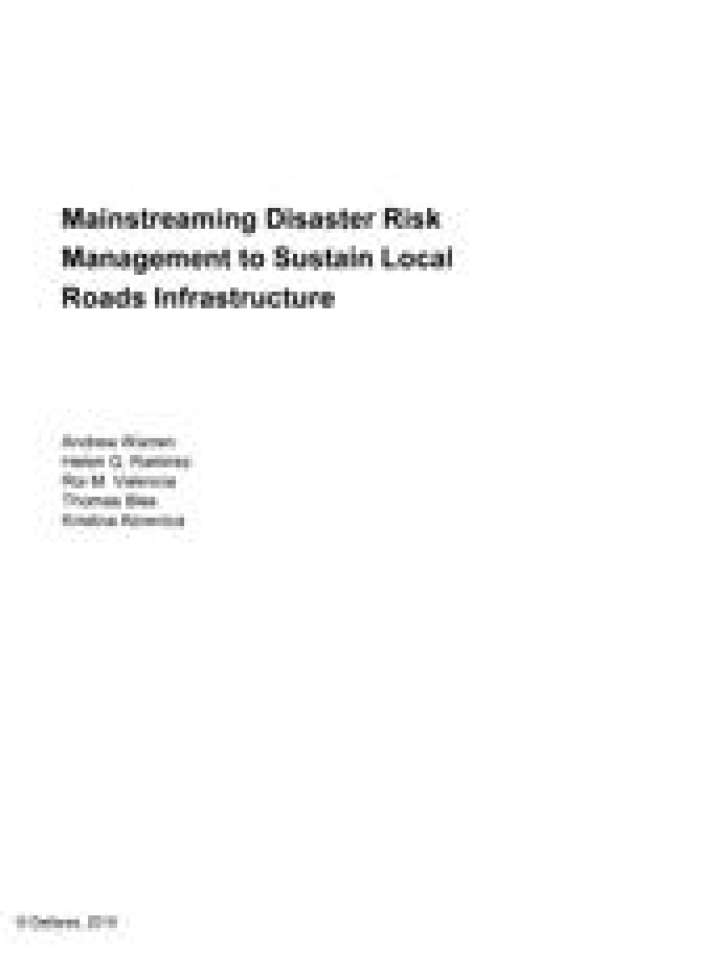Mainstreaming disaster risk management to sustain local roads infrastructure: Main report
The 2017-2022 Philippine Development Plan recognizes that road infrastructure is a key point of convergence with productive sectors, but the quality remains inadequate. As of 2015, 97 percent (of 31,242 km) of national roads, 62 percent (of 15,377 km) of city roads, and 29 percent (of 31,075 km) of provincial roads were paved.
The World Economic Forum-Global Competitiveness Report (WEF-GCR) 2015-2016 ranked the Philippines 97th out of 140 countries in terms of quality of road infrastructure, below neighboring countries such as Indonesia, Vietnam, Cambodia and Laos. Following this introductory chapter, the report introduces the Province of Nueva Ecija in chapter two.
Chapter three presents and provides guidance for the adaptive strategy building approach designed expressly for LGU application, which recognizes the inherent uncertainties LGU planners must contend with in developing their plans.
Chapter four then presents the results of the review of the existing Pampanga River Basin IWRM plan and its implications for LGU roads planning.
Chapter five presents the results of a simplified, rapid flood modelling example assessment of the type LGU roads planners could seek to include in their roads planning processes, in order to takeinto consideration potential integrated flood impacts.
Chapter six then presents the findings of our review of existing disaster risk management design standards and specifically how they incorporate climate risks. Specific recommendations are provided at the conclusion of each chapter.
Chapter seven finalizes the report with summary conclusions.
Explore further
